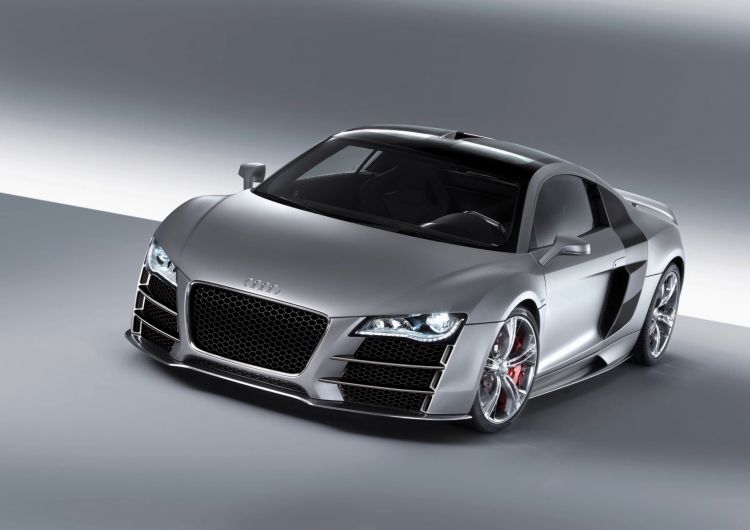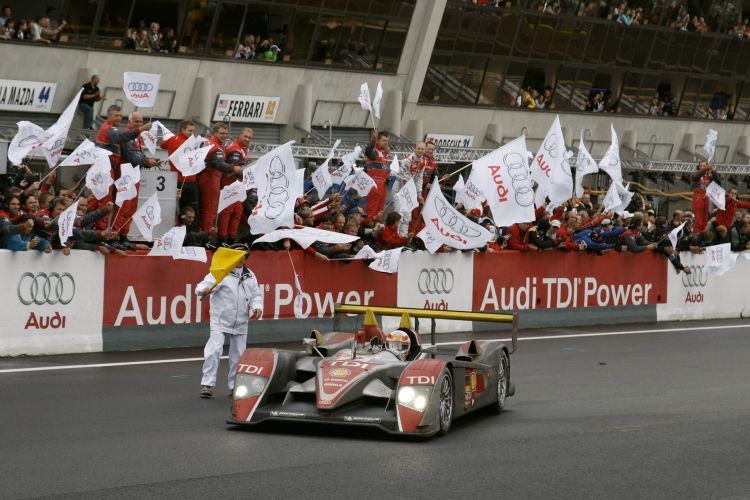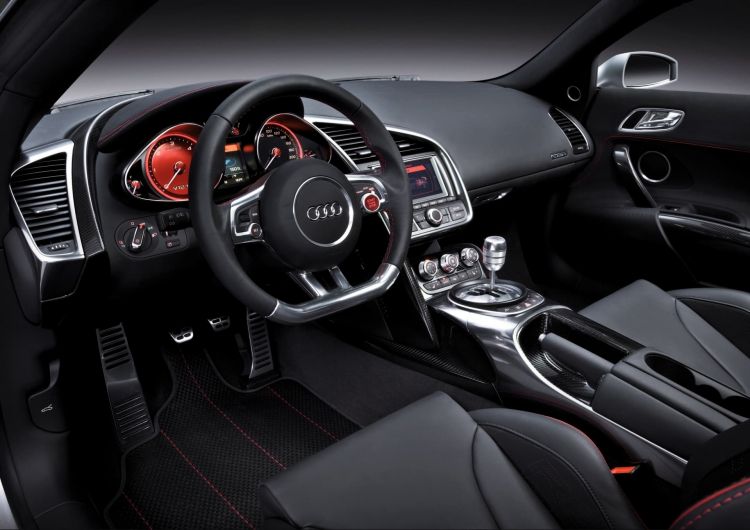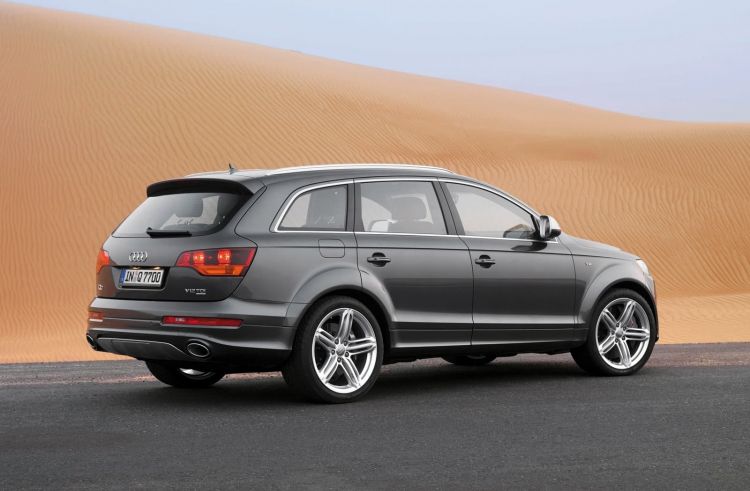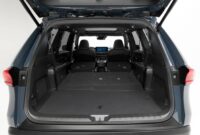Not so long ago talking about diesel engines was not so frowned upon, and so much so that in fact it existed a golden age in which diesel had no qualms about sportsmanship and high performance. And that is precisely the story that concerns us today, because it was Audi who, after demonstrating that diesel could be unbeatable in competition, challenged the automobile industry by proposing the arrival of this technology on the streets to reinvent the super sports car, thus giving life controversial and reviled by many Audi R8 V12 TDI.
The Audi R8, since it was born in the form of a sketch, has always defended the idea of reinventing the concept of traditional supercar, that idea of high performance that is impossible to marry with comfort, technology and even day-to-day use. The first generation of the Audi R8 sought to give life to that market niche, fighting with not a few criticisms for it, but becoming strong in an approach that only they had managed to bring to reality. Available with V8 and V10 engines – gasoline – that managed to convince even the most suspicious, it was a diesel powered V12 that really could have changed things forever.
Audi wanted to embarrass brands like Ferrari or Lamborghini with a 12-cylinder powered by diesel
Audi walked year after year through the 24 Hours of Le Mans accumulating victories, adding at that time two of them using TDI engines that later there would be many more. Thus Audi had managed to make the diesel a symbol of sportiness and competition, serving as a technological showcase for its street cars. With the Audi R8 on the market, there were rumors about a possible transmission of this technology, but nobody thought that Audi was capable of considering such a thing. They were wrong.
The Audi R8 Le Mans Concept made its official debut at the 2008 Detroit Auto Show., starting from the same production R8 presented in 2005, but sheltering a huge 6.0 V12 TDI engine that paid homage to the prototypes that ran in the 24 Hours of Le Mans. Audi’s objective with this concept was twofold: on the one hand show the possibilities of diesel in a market as reluctant as the US. and on the other launch a trial balloon on what could be a production car using the advanced new V12 TDI, an engine that also became by right the largest diesel engine ever installed in a series production car. Months later, a more “rational” evolution of this prototype called the Audi R8 V12 TDI Concept would arrive, an iteration that seemed to pose the penultimate step before its serial production. Numerous voices in the motor industry branded this bet as little less than heresy, but if anyone could do it, it was Audi.
The Audi R8 V12 TDI installed a 6.0 V12 TDI engine capable of reaching 500 hp maximum power and the 1,000 Nm of torque, doing the 0-100 km/h in 4.2 seconds and exceeding 300 km/h at the top, not bad for a “tractor” burning diesel, right? We are talking about the first twelve-cylinder vee developed by Volkswagen-Audi, nothing to do with the W engines that have become the undisputed hallmark of the Volkswagen group. The new block 6.0 V12 TDI really shared little with the Le Mans prototype, although the inspiration was the Audi R10 TDI with a 650 hp 5.5 V12 TDI engine. THE German manufacturer shot marketing and track experience, but the reality is that the 6.0 V12 TDI was a completely new enginesharing numerous elements and solutions with the V6 and V8 TDI of the time, although with certain important changes such as the angle between banks that was now 60º (Audi always uses 90º in its V), the use of a turbocharger for every 6 cylinders and the use of Bosch Common Rail injection at 2,000 bar instead of the usual popular injector-pump of the 1.9 and 2.0 TDI.
This experiment arrived at the Audi R8 with not a few technical challenges since central engine location and gearbox torque tolerance were a serious problem, because we must remember that the original prototype used a 6-speed manual gearbox. The 5.2 V10 engine was already squeezing every last millimeter of the R8’s engine compartment, while the available gearboxes (manual, R-Tronic and S-Tronic) were unable to tame the 1,000 Nm of torque from the huge TDI. To take the car to the street, a specific transmission was needed, something unthinkable for the viability of this R8, since it forced to develop a gearbox specifically for the V12 TDI or to borrow the DSG designed by Rircardo for the Bugatti Veyron. The accounts did not come out.
The V12 TDI did reach the market, although not in an Audi R8
The idea of seeing an Audi R8 V12 TDI was losing strength, as much as for which the project ended up being archived forever. Nevertheless, in parallel another experiment was developed using the same V12 TDI engine, but now under the hood of an Audi Q7a move that once again put the North American market in the spotlight to convince its inhabitants of the possibilities of diesel.
The Audi Q7 V12 TDI was indeed a reality, but in the end it was only marketed in Europe and was on sale for a very short time. Audi’s ambitious bet with its largest TDI ever manufactured did not work out, the costs and needs of this mechanics were totally disproportionatesomething that Volkswagen has already suffered in its own flesh with the 313 hp 5.0 V10 engine installed in Volkswagen Phaeton and Volkswagen Touareg.
The delusions of grandeur with the TDI had just known their limits, and despite the fact that the 6.0 V12 TDI was a technological marvel demonstrating the possibilities of diesel engines, it did not convince the revolution of the supercars that the Audi R8 V12 TDI intended , nor did the huge Audi Q7 V12 TDI convince. And even despite the short commercial run of the V12 TDI, Audi achieved much of its goal, because the marketing tool worked by turning the supercar market upside down and seeing how one way or another, the TDI technology “inherited” from Le Mans ended up powering a road car.


